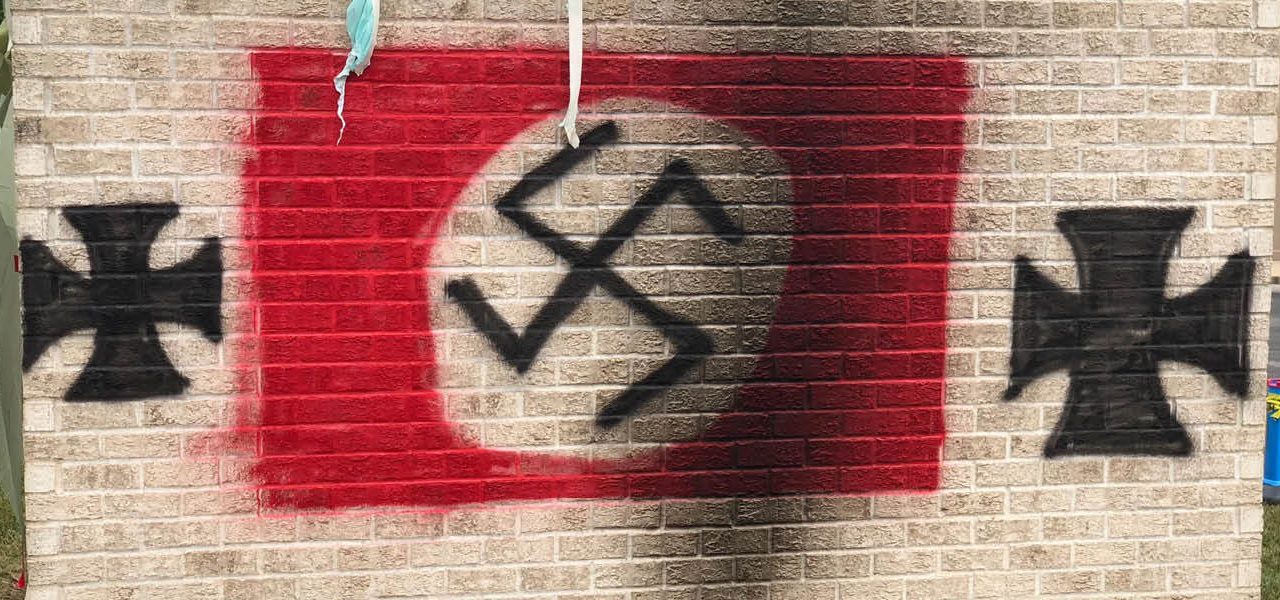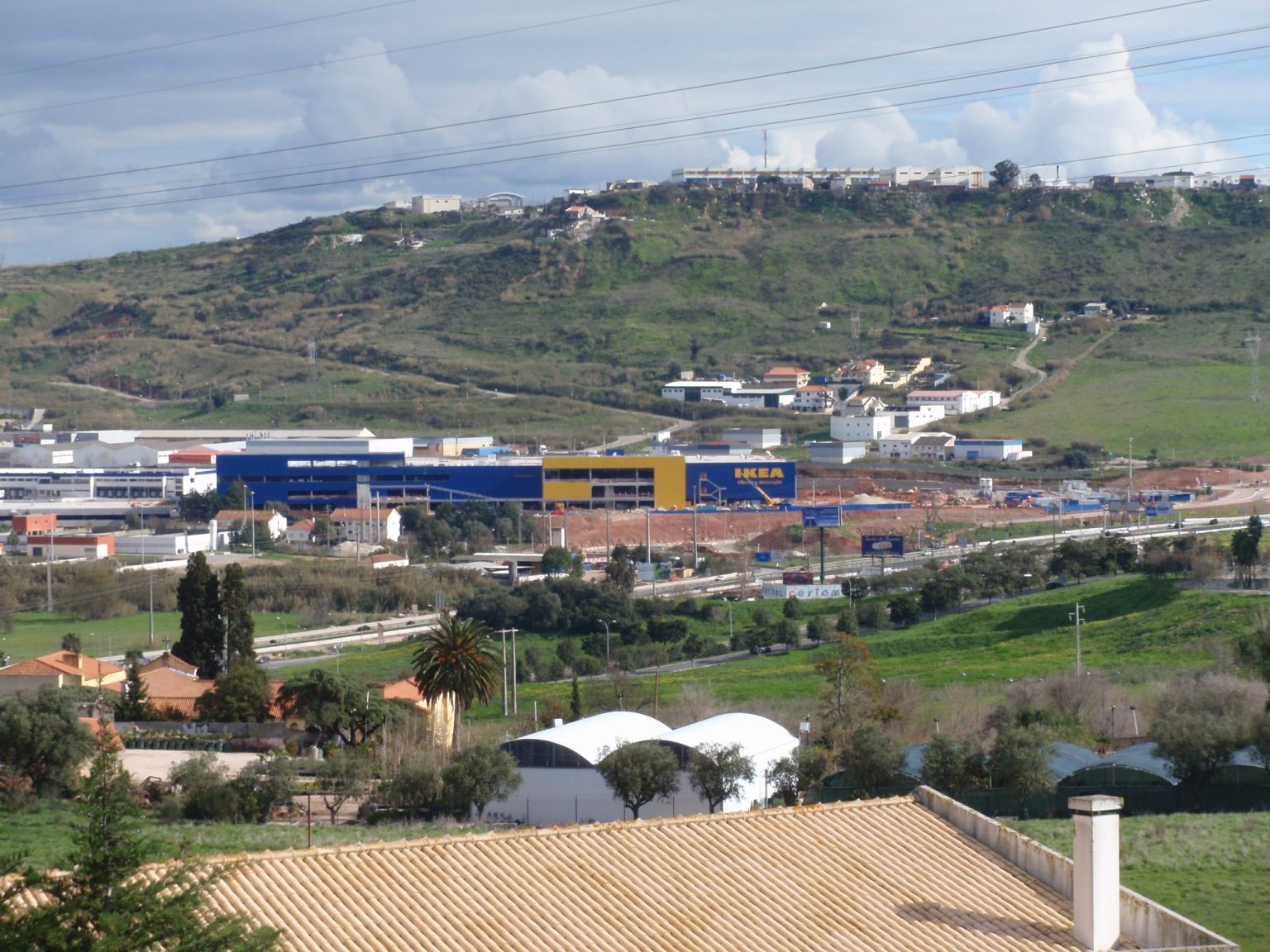Antisemitic* incidents are increasing in the far eastern German state of Saxony known to be stronghold of contemporary German Neo-Nazism., says the Berlin-based Report Antisemitism RIAS – a foundation that monitors antisemitism throughout Germany.
Uwe Dziuballa, the owner of the Jewish restaurant “Shalom” in the former East-German’s city of Chemnitz has first hand experience as Saxony TV reported in 2017. The attack of 2017 on his restaurant was repeated during city-wide Neo-Nazi riots in summer 2018.
On average, there have been three antisemitic attacks per week in the state of Saxony. These attacks were registered by RIAS between 2014 and 2019 – and the trend is still upward. A few days ago, RIAS presented what it calls a “Problem Description,” a report on antisemitism in Saxony.
During the same time period (2014-2019), six antisemitic attacks per week were reported in the West-German state of North Rhine-Westphalia, a state which has four times the population of Saxony. This fact shows that, although antisemitism anti-Jewish events occur throughout Germany, it tends to be more frequent in Saxony than elsewhere.
The report claims that there have been 712 incidents in Saxony. What has been found during nineteen interviews with Jewish residents of this region is that these are only the incidents registered by German police, NGOs, victim counselling services such as Beratung (RAA) and the Office of the State of Saxony as well as RIAS.
Serious violent crimes are not listed in the report as they are seen as grave hate crimes to reported in official police statistics. Still property damage such as the theft of Stolpersteine (a memorial stone in front of a house where Jews were arrested for deportation by the Nazis), the desecration of memorial sites, threats, hurtful behaviours, hate speech and insults dominate the report.
The fact that Jews are attacked more frequently in large cities than in the countryside is a fact that reaches far beyond Saxony. It goes deep into the history of the persecution of Jewish people in Germany. Despite this, German Jews feel safer in cities because of a larger Jewish community and more offers of help are at hand. The city of Chemnitz can serve as a good example. On the one hand, the “Shalom” restaurant has been attacked frequently. On the other, the Jewish community celebrated its 135th anniversary last year.
Benjamin Steinitz (RIAS) is deeply concerned about the high number of cases of non-reported antisemitic occurrences. Steinitz also emphasised two issues that led to an insufficient reporting of antisemitism. There appears to be a pattern when it comes to antisemitic attacks. First, there is a tendency of not reporting acts of antisemitism.
Then there is also a feeling of hopelessness and a sense that the prosecution of antisemitism by German police and courts will be unsuccessful. Finally, there is also a rather involuntary abandonment of a public recognisability. The avoidance of wearing a kippah (ritual head-covering) or a Star of David, for example.
On the positive side, however, Steinitz sees that antisemitic verbal attacks are and will be prosecuted. The state has acted against antisemitism in the form of placards and posters proclaiming something like a Long Arm of the Rothschilds seen at a Dresden rally of the xenophobic Pegida.
Such antisemitic conspiracy myths have increasingly reappeared in reaction to the Corvid-19 Pandemic lockdowns and other restrictions – the so-called hygiene rallies. The state also acted against right-wing so-called hygiene rally attendees mockingly wearing a yellow star known from the days of the Holocaust. Such rallies remind us of the so-called “race hygiene” in the Third Reich that justified the Holocaust. These antisemitic and right-wing protesters thought to present themselves –of course, wrongly– as being persecuted by the state. They are their own worst enemies by defying protection measures against the virus.
Saxony’s police also took down a poster entitled Bomb Holocaust during the commemoration of the destruction of Dresden at the end of World War II. For many this marked a significant turning point in the fight against antisemitism.
With the exception of Berlin, there are not too many racist gatherings in any other large city in former East-Germany, Steinitz noted. Historically, Saxony’s Dresden was also the city where the first International Anti-Jewish Congress was held in 1882. The second congress took place in neighbouring Chemnitz a year later.
Only a few years ago the city of Chemnitz emerged as the home base of Germany’s worst Neo-Nazi death squad, the NSU. During Nazi-Germany, no other Reichsgau (a Nazi administrative region) had a higher proportion of NSDAP members than Saxony. As former US Secretary of State Madeleine Albright once said, Tt is easier to remove tyrants and destroy concentration camps than to kill the ideas that gave them birth.
However, Nora Goldenbogen, the chairwoman of the Association of Jewish Communities in Saxony, places the rampant antisemitism in her region into the context of what she called a rather “turbulent” time after the re-unification of Germany that led to traumatic changes in the economy and to social decline in the former East-Germany. These are conditions that explain but do not excuse the relative high occurrence of antisemitism in the states of the former East-Germany.
Meanwhile, Thomas Feist, Saxony’s commissioner for Jewish life, believes that the record high number of anti-Semitic incidents in Saxony also comes from an increase of public awareness. He also thinks that East Germany is leading research on detecting antisemitism. Nevertheless he too sees an urgent need to counter the increasing antisemitism in Saxony.
* This article follows Deborah Lipstadt in spelling “antisemitism” with a small “a” because, as Lipstadt says, spelling it with a capital “A” would elevate antisemitic ideology, which is what Holocaust deniers want. See: Deborah E. Lipstadt, Denying the Holocaust: The Growing Assault on Truth and Memory (New York, 1993). See also: Susie Linfield, The Lions’ Den: Zionism and the Left from Hannah Arendt to Noam Chomsky (New Haven, 2019).
Photo: (source: The Barricade)
The Barricade is an independent platform, which is supported financially by its readers. If you have enjoyed reading this article, support The Barricade’s existence! See how you can help – here! Also, you can subscribe to our Patreon page.
The Barricade also has a booming Telegram channel, a Twitter account and a YouTube channel, where all the podcasts are hosted.











